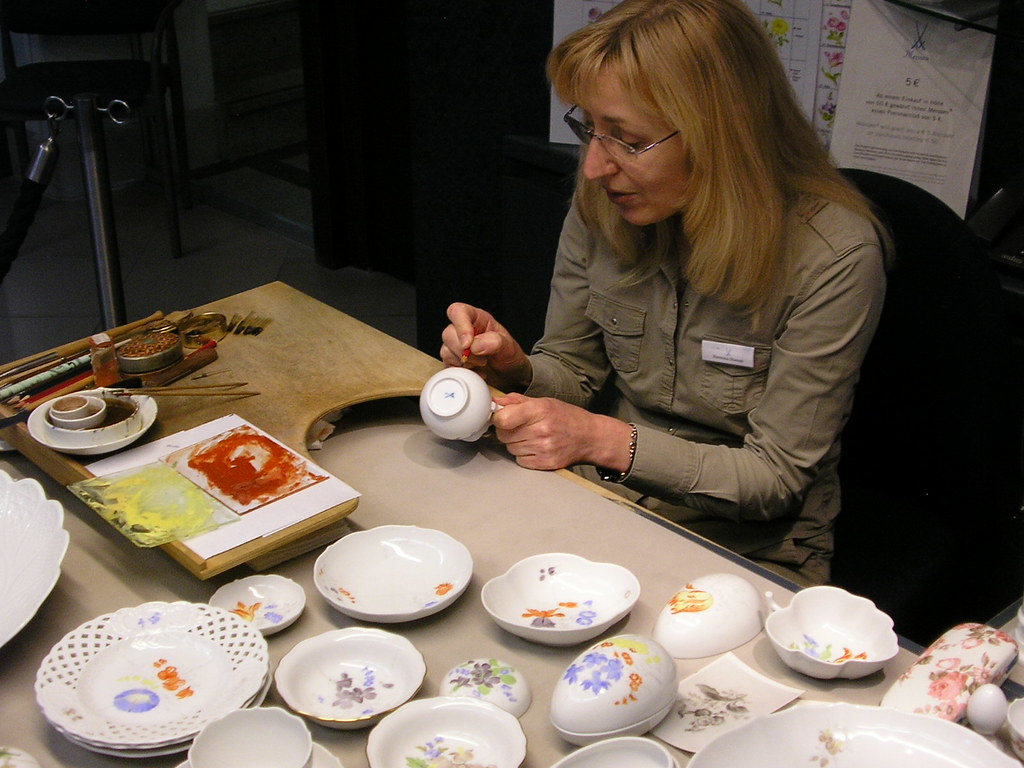
"Have you seen the KangXi 1703 Catalog? it is sooo good! I must have it
all!"
The majority of the pieces are from the collection of Augustus the Strong, who was just a complete fanboy for fine porcelains. Though it is under his sponsorship that Meissen got its start, he still massed shiploads of authentic Japanese and Chinese porcelain, some were already antiques of their time. Mixed in with rare pieces are also volume collections that look like Augustus threw some ship captain a sack o' gold and told him to bring back whatever can be found. As repetitive this makes the collection, it also ensures a very complete set that shows many styles and motifs. For a posterity point of view this showcases every variation on form, subject, glaze style there is to be captured. I do believe this is one of the most impressive fine china collection outside of the National Palace Museum in Taiwan.(http://www.npm.gov.tw/en/home.htm)
And that brings us to the first mini feature:
The Minion's Travelin' Tip:
If you want to see the fine paintings and artifacts of China's imperial past, don't have the starry-eyed impression you will find in Beijing. Most the imperial treasure were evacuated to Taiwan when China fell, so they are on rotating exhibit at the National Palace Museum. If you go to the Forbidden City you will find what looks like a house under repossession - all the furniture and fixings are gone.
Now back to our regularly scheduled programming:
About half way through the exhibit, there is a switch to the Meissen produced pieces. When the Meissen-ware first start, they are simply replicas of Oriental pieces. As time goes on the Meissen productions find their own stride. The functional pieces take on the European baroque style of decoration, but truly exceptional are figurines that assimilates the experience of the Renaissance, which brings about detailed studies of perspectives and anatomy. Thus, the Meissen style creates detailed and fluid figurines, as compared to the rote-learned, ceremonial figurines of the East. Not to be underestimated are the actual vessels, with the foundation they laid down. With increasing consumption of coffee, tea, and chocolate, Dresden had a hand in shaping what we consider as definitive shape of pots for these fine beverages.
Normally, I would only take a modest amount of pictures to get the point across and document the things I see. But since I had to pay extra for a photo pass, I was determined to make it all worth my while.
Go see the pictures:
http://www.flickr.com/gp/7404297@N02/9eC4gs




